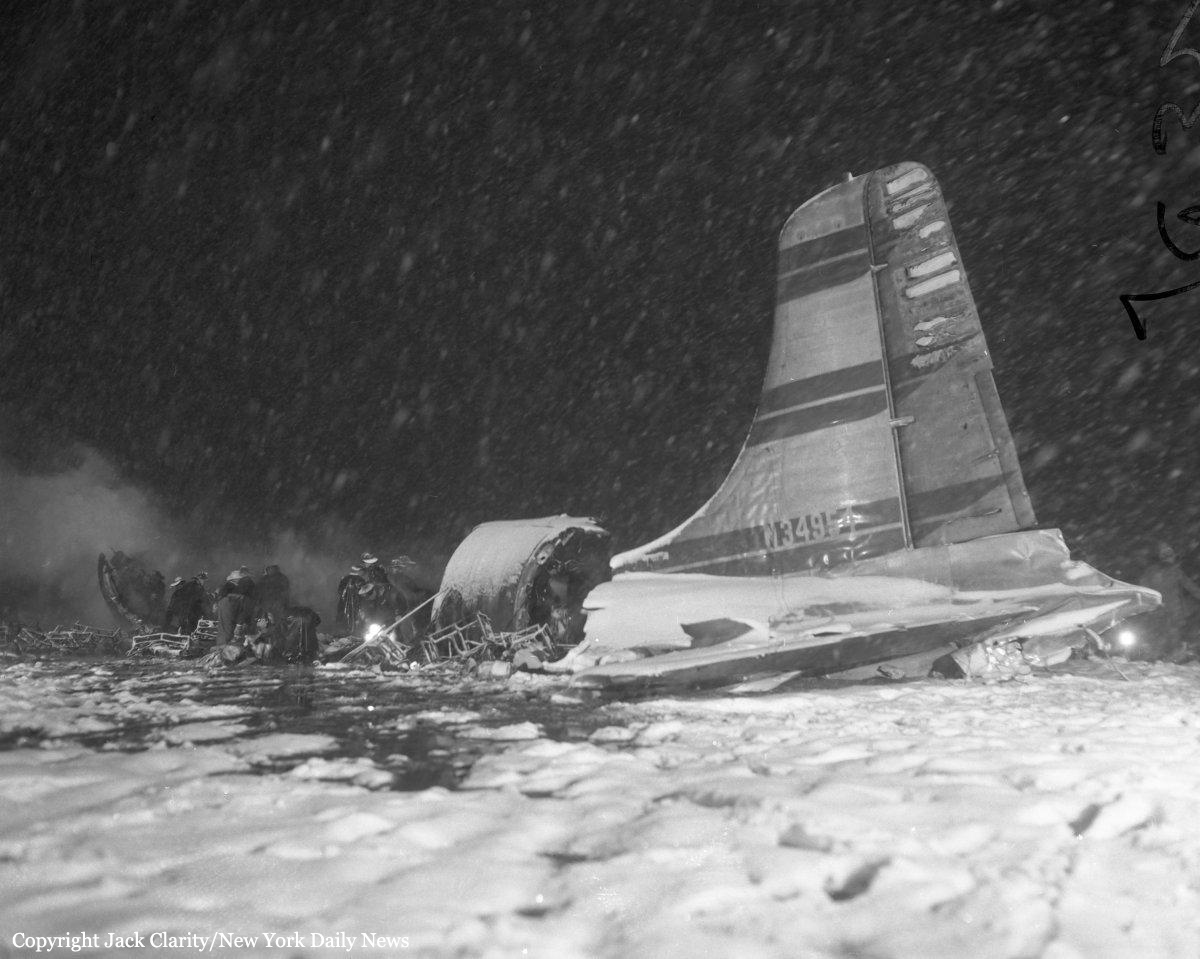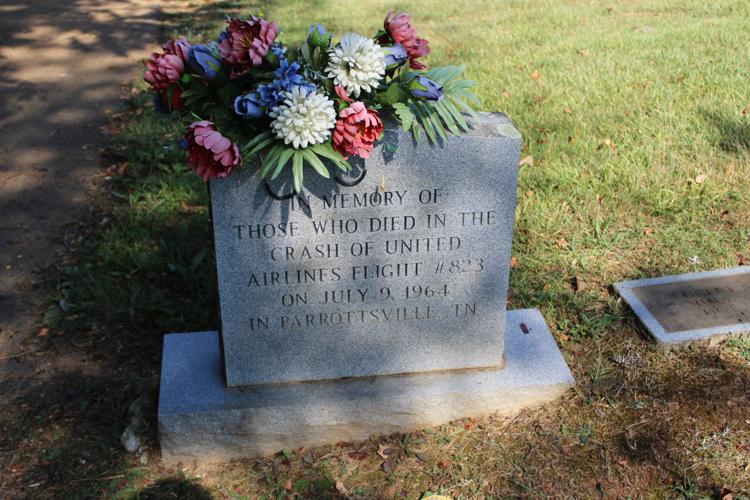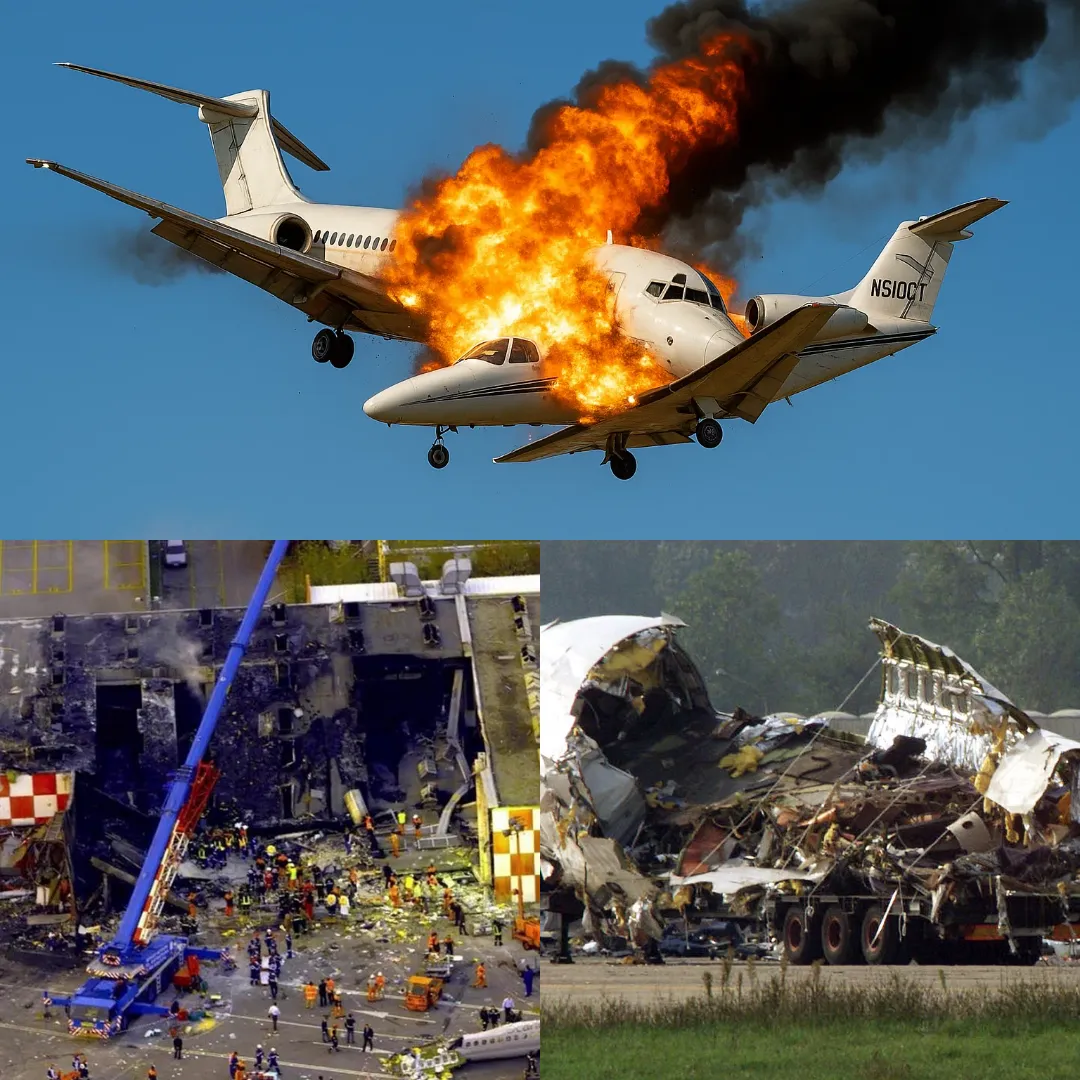
On July 9, 1964, United Airlines Flight 823, a routine flight from Philadelphia to Huntsville, Alabama, took off from Philadelphia International Airport with 35 passengers and 4 crew members on board.
What was meant to be a normal journey soon turned into a disaster that would shock the aviation world and leave questions unanswered to this day.
The tragic crash of Flight 823 remains one of the most mysterious and devastating incidents in aviation history, marked by a catastrophic fire that left investigators scrambling for answers.
Despite many years of investigation, the precise cause of the disaster and the sequence of events that led to it have never been definitively solved, leaving a dark cloud over what happened that fateful day.
United Airlines had long been a major player in the U.S. aviation industry. By 1964, they had transitioned to a modern fleet, and the aircraft that would fly Flight 823 was a Vickers Viscount, a British-made airliner designed to be the first to use turbo prop engines.
The aircraft was well-suited for short-haul flights, and it was the perfect choice for United’s frequent Philadelphia to Huntsville route.
At 3:15 p.m., the flight began its journey, with a scheduled stopover in Washington, D.C., before continuing on to its final destination in Huntsville.

The first leg of the journey, from Philadelphia to Washington, proceeded without incident, and at 3:54 p.m., the aircraft landed in Washington, where no maintenance issues were reported.
After a brief stop, Flight 823 continued its journey to Knoxville, Tennessee, taking off again at 4:36 p.m. The crew reported normal operations as they made their way south.
Everything seemed to be proceeding as planned, but by 6:21 p.m., when the flight was approaching Knoxville, disaster struck.
The flight crew reported their position to air traffic control, requesting clearance to descend. They received the necessary clearances and continued their descent without any signs of trouble.
It was during this descent that the first signs of disaster emerged. The plane, which had been in steady communication with air traffic control, suddenly stopped responding.
The flight crew’s attempts to reestablish contact with air traffic control went unanswered. Witnesses on the ground soon reported that the plane was flying at an extremely low altitude, with its engines seemingly struggling.
Some even reported seeing a bright red light on the aircraft’s side and brown spots on the fuselage, which they assumed were burn marks.
At one point, two local residents saw what appeared to be a person fall from the plane, landing in a wooded area just moments before the aircraft crashed into a hillside.

The fire that followed the crash was enormous. The wreckage quickly became engulfed in flames, which spread across the area, fueled by spilled fuel from the aircraft.
The response from emergency services was swift, and firefighting equipment arrived at the scene to extinguish the flames. However, despite the quick arrival of rescue teams, it became painfully clear that there were no survivors.
All 39 people on board Flight 823 were killed, including the crew, passengers, and the unfortunate individual who had fallen from the plane. On the ground, seven additional people lost their lives as a result of the crash, and many more were injured.
The recovery operation that followed was extensive, lasting several days as workers combed through the wreckage.
Hundreds of people, including local police, national guardsmen, paratroopers, aviation investigators, and volunteer rescue workers, worked tirelessly at the crash site.
The debris from the plane was scattered over a large area, approximately 2.5 square kilometers (1 square mile), making the recovery process even more challenging.
The wreckage was so thoroughly destroyed that no intact bodies or pieces of luggage were recovered. Investigators quickly realized the magnitude of the crash and began piecing together the wreckage in hopes of uncovering what had happened.
What followed was a complicated investigation, with no clear answers emerging immediately. Flight data recorders and cockpit voice recorders, crucial pieces of evidence, were destroyed in the crash, making it difficult to piece together the final moments of the flight.
However, forensic analysis of the wreckage revealed a possible cause: a rapidly developing fire in the passenger cabin.
The fire appeared to have started unexpectedly, giving the crew and passengers very little time to react. Investigators found evidence that one crew member had left the cockpit and attempted to extinguish the flames, but tragically, they were unsuccessful.
One of the most bizarre and disturbing aspects of the crash was the discovery of a passenger who had fallen from the plane. It was later determined that the individual, a lawyer with a fear of flying, had intentionally exited the aircraft via an emergency exit.
This was an extremely rare occurrence and added to the mystery of the situation. The man, it was found, had a history of choosing seats near emergency exits and had stated that in the event of an emergency, he would rather attempt to jump to safety than go down with the plane.
His tragic decision led to his untimely death, but it also raised further questions about the conditions aboard the aircraft.

The fire’s source remained a mystery for some time. Investigators looked into various potential causes, including a faulty hydraulic system, malfunctioning batteries, or even a passenger inadvertently bringing flammable materials on board. However, they were unable to identify the exact cause of the fire.
Over time, the most likely explanation that emerged was that the fire started in the aircraft’s center fuel tank, possibly ignited by a spark from one of the aircraft’s electrical systems.
The tank had been exposed to high heat, possibly from air conditioning units running for an extended period while the aircraft was waiting to take off.
Though the exact source of ignition could never be pinpointed with certainty, the investigation led to several important changes in aviation safety.
The design and positioning of flight data recorders were improved, making them more durable in the event of a crash. Additionally, deficiencies in the aircraft’s fire suppression equipment were identified and rectified, preventing similar failures in future incidents.
In the aftermath of the crash, United Airlines and the aviation industry as a whole took several steps to prevent a recurrence of the disaster.

The tragedy highlighted the importance of maintaining rigorous safety protocols, ensuring that all aircraft systems were functioning optimally, and emphasizing the need for well-communicated procedures during in-flight emergencies.
The crash also highlighted the need for better training for flight crews in managing in-flight fires, as the response to the emergency was not ideal.
In memory of the lives lost in the crash of United Airlines Flight 823, a memorial plaque was placed at the crash site, and the event is now part of aviation safety training, ensuring that the lessons learned from this disaster continue to shape the industry’s approach to air travel.
While the exact cause of the crash may never be fully understood, the resilience of the aviation community in addressing the issues that led to the crash has had a lasting impact on the safety of air travel.
In conclusion, the crash of United Airlines Flight 823 serves as a grim reminder of the challenges that still remain in ensuring the safety of air travel.
The mystery surrounding the crash and the heroic efforts of the crew and first responders to salvage what they could from the wreckage are testament to the dangers faced by those who work in the aviation industry.
Despite the unresolved questions surrounding the cause of the crash, the incident continues to shape safety protocols and serves as a tragic chapter in the history of aviation.

-1750687420-q80.webp)
-1750393785-q80.webp)

